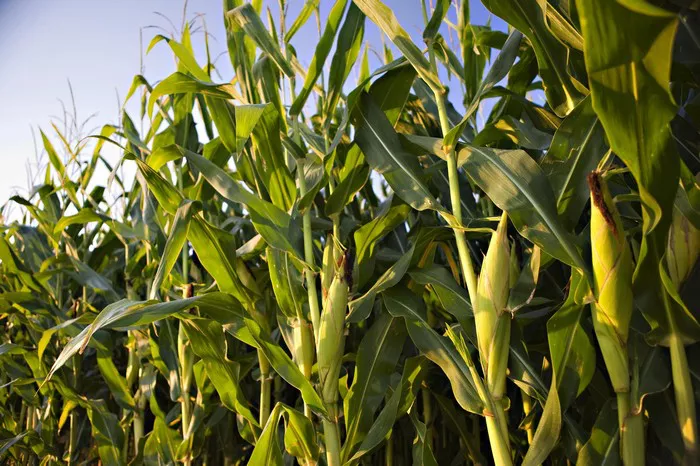Over the past five decades, advancements in corn breeding have led to increased tolerance of higher plant populations, marking a significant stride in agricultural progress. Initial studies conducted in northern New York during the late 1960s underscored the relationship between plant density and corn yield. Findings revealed that while certain popular hybrids yielded large ears when planted at rates between 18,000 to 20,000 plants per acre, some produced oversized cobs with shallow kernels, deviating from the desired kernel shape seen in contemporary hybrids. Increasing plant population to 24,000 per acre sometimes resulted in poorly filled ears and a rise in barren plants.
However, recent research conducted by Purdue University agronomists between 2008 and 2019 has unveiled a shifting paradigm. Nearly 100 field-scale evaluations spanning corn populations from 23,000 to 40,000 plants per acre indicated a remarkable tolerance of corn hybrids to high populations while also demonstrating the ability to compensate adequately for low populations. Notably, the pinnacle of grain yield was observed at 32,000 plants per acre, aligning with findings from Corteva, where silage hybrid studies revealed minimal changes in digestibility and starch percentage across a wide range of plant populations.
Nevertheless, recommendations for corn intended for silage production lean towards slightly higher plant populations. Research from the University of Wisconsin-Madison suggests an economically optimum plant population approximately 1,500 plants per acre higher for silage compared to grain harvest. Despite this, it’s imperative to consider the economic viability, as higher planting rates beyond the “sweet spot” may diminish profitability, particularly given the rising cost of seed.
Concerns regarding standability, particularly in brown midrib (BMR) hybrids, underscore another layer of complexity. While limited data exists on standability in silage trials, historical trials conducted by Cornell University, which were typically hand-thinned to 32,000 plants per acre, revealed no lodging issues. This suggests that adherence to seed company recommendations for BMR hybrids is prudent, given their higher seed cost and lower lignin content.
Modern advancements in seed quality have rendered outdated the former recommendation to overplant by 15%. Current guidelines advocate for a more nuanced approach, suggesting overplanting by approximately 5% under ideal conditions and up to 10% in less favorable scenarios, provided there’s adequate seedbed preparation and planter calibration. As agricultural practices evolve alongside technological innovations, the quest for optimizing corn plant density continues, with growers navigating a dynamic landscape to maximize yield and profitability.


